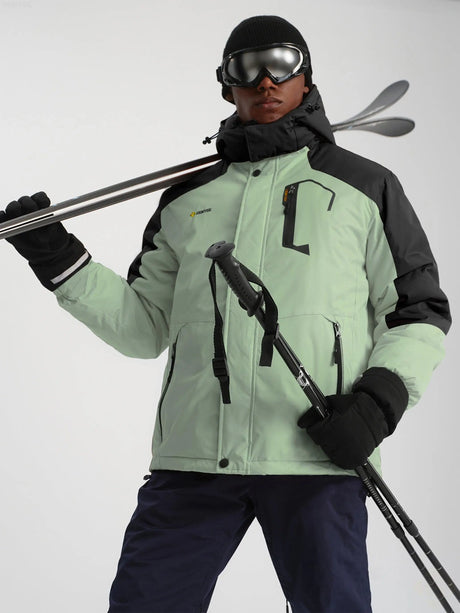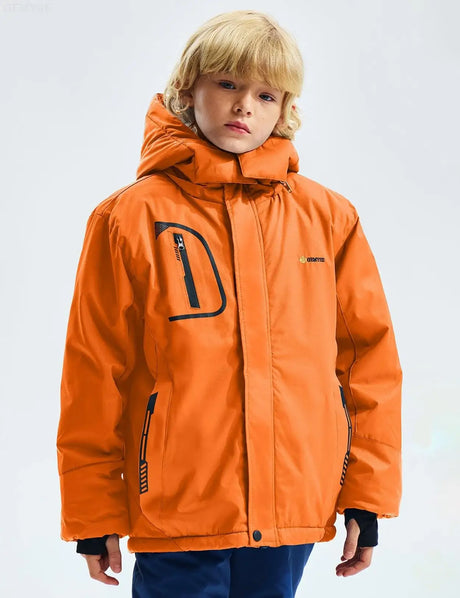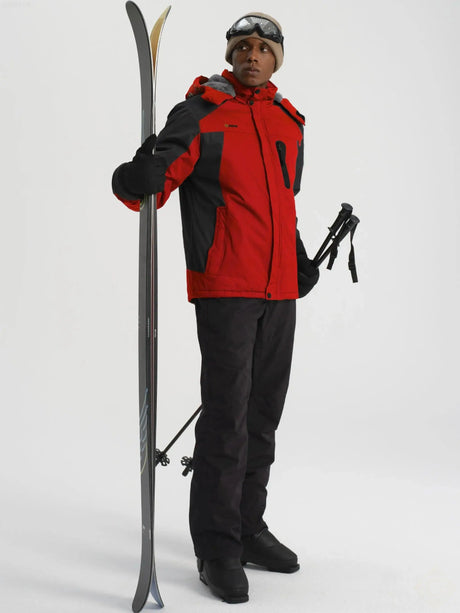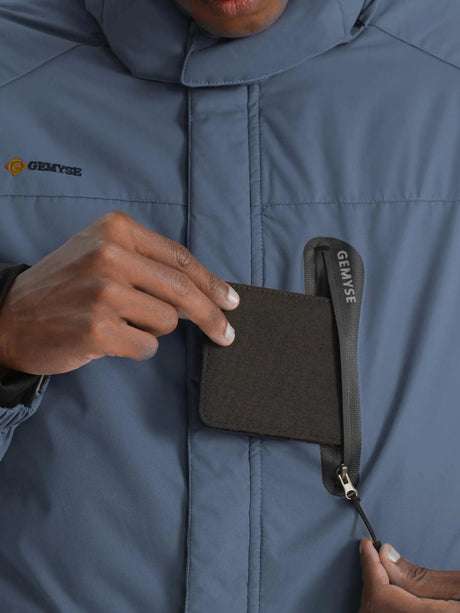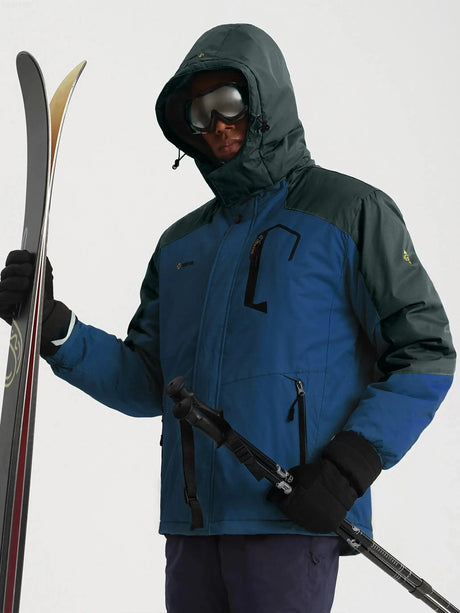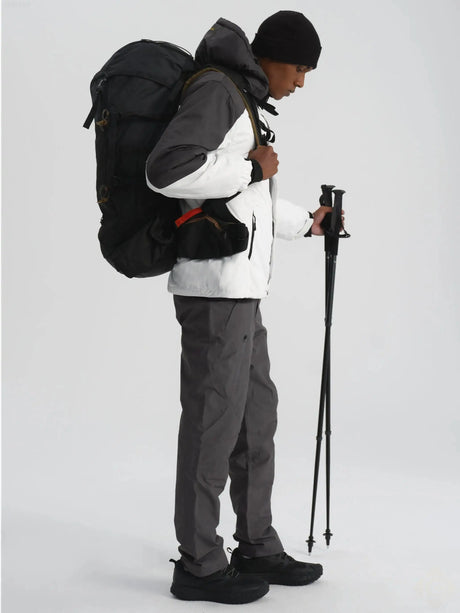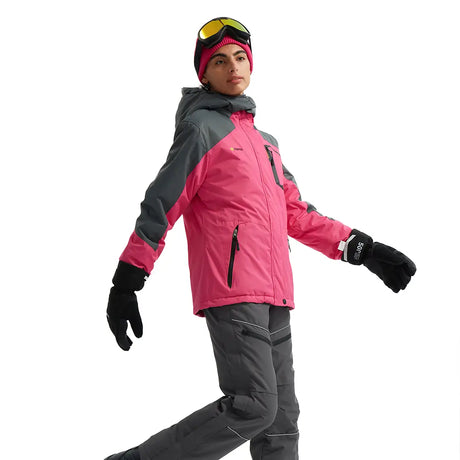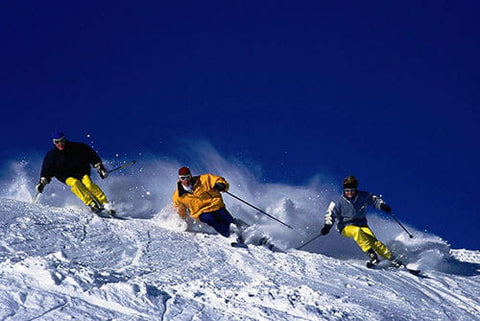
There are a variety of thermal techniques for men's ski jackets, which are designed to improve the jacket's thermal performance and ensure that skiers stay warm in cold environments. Here are some common techniques for keeping warm:
1. Efficient filling material
Down filling: Down is widely used in high-end ski jackets because of its excellent thermal properties and lightweight properties. Down creates an air layer that effectively traps body heat while keeping it light. Some ski jackets use high-quality down, such as grey duck down or white goose down, and pay attention to the distribution and filling amount of down to ensure the best warmth.
Synthetic fiber fillers: For ski jackets that require higher moisture resistance, synthetic fibers (such as PrimaLoft) are a good choice. Synthetic fibers not only have excellent thermal properties, but also maintain a certain thermal effect in humid environments and are easy to take care of.
2. Multi-layer structure design
Multi-layer structure: Some ski jackets are designed with multiple layers to improve thermal performance. The inner layer is usually made of soft skin-friendly materials to increase wearing comfort; The middle layer is filled with down or synthetic fiber, providing the main thermal effect; The outer layer is made of windproof and waterproof fabric, which protects the internal filling from the adverse weather outside.
3. Windproof and waterproof technology
Windproof performance: The ski jacket is made of windproof material, which effectively blocks the attack of cold wind and reduces heat loss. It's an important part of keeping your body warm.
Waterproof technology: such as GORE-TEX, DryVent and other waterproof fabrics, not only has excellent waterproof performance, but also has a certain degree of air permeability while maintaining waterproof, to ensure that the body is dry and comfortable.
4. Detail design
Turtleneck: Some ski jackets come with turtleneck hoods that not only protect the head from the cold, but also provide extra warmth.
Adjustable design: Cuffs and hem are often designed with adjustable devices (such as Velcro, elastic, etc.), which can adjust the tightness according to personal needs to prevent cold air intrusion.
Seal strip and pressure glue treatment: Seal strip and pressure glue treatment are used in key parts such as zippers and cuffs to further improve the sealing performance of the jacket and prevent cold air and moisture from entering the gap.
5. Thermal technology materials
Insulation technology: Some high-end ski jackets use advanced insulation technology, such as 3M Thinsulate insulation, which provides excellent thermal performance at extremely thin thicknesses while keeping the clothing light and flexible.
Aerogel insulation: Some high-end ski jackets use aerogel insulation in key areas such as breast pockets. Aerogel has extremely low thermal conductivity and excellent thermal insulation properties, providing extra warm support for the body in extremely cold environments.
In summary, the thermal insulation technology of men's ski jacket involves many aspects such as filling materials, multi-layer structural design, wind and waterproof technology, detailed design and thermal technology materials. The combined application of these technologies allows ski jackets to provide skiers with superior thermal performance in cold environments.

